Travel guide to... Poland
It's known for its cities that brim with history, but venture beyond urban hubs and you'll find some of Europe's most picturesque mountains, lakes and coast
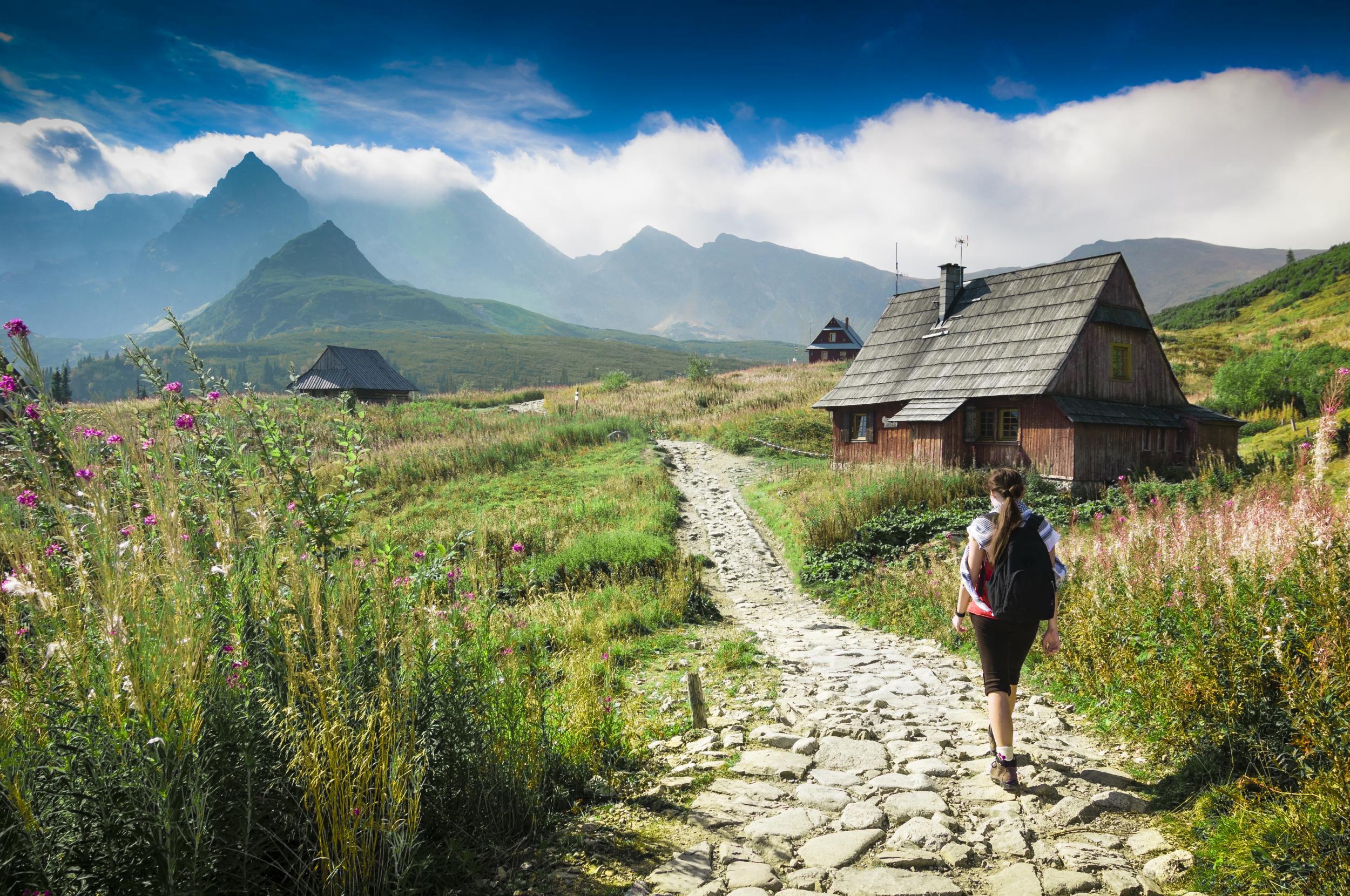
Your support helps us to tell the story
From reproductive rights to climate change to Big Tech, The Independent is on the ground when the story is developing. Whether it's investigating the financials of Elon Musk's pro-Trump PAC or producing our latest documentary, 'The A Word', which shines a light on the American women fighting for reproductive rights, we know how important it is to parse out the facts from the messaging.
At such a critical moment in US history, we need reporters on the ground. Your donation allows us to keep sending journalists to speak to both sides of the story.
The Independent is trusted by Americans across the entire political spectrum. And unlike many other quality news outlets, we choose not to lock Americans out of our reporting and analysis with paywalls. We believe quality journalism should be available to everyone, paid for by those who can afford it.
Your support makes all the difference.“Come for the past, experience the future,” could easily be a new slogan for Polish tourism. Visitors are drawn to the country mainly by its medieval cities and sombre sites relating to its 20th-century history. Once they arrive in Poland’s main metropolises, however, they’re likely to be struck by modern glass tower blocks, cutting-edge fashion, and a vibrant food scene that is one of the most dynamic in Europe.
Wherever you look in Poland, it’s hard to escape the evidence that the county has been indelibly shaped by its geographic location; grand cities such as Warsaw, Krakow and Wroclaw – one of this year’s European Capitals of Culture – owe their magnificent architecture to their position at the centre of Europe’s great trading routes. But this has also brought untold destruction and suffering too, sitting as it has done for centuries between the continent’s most powerful nations.
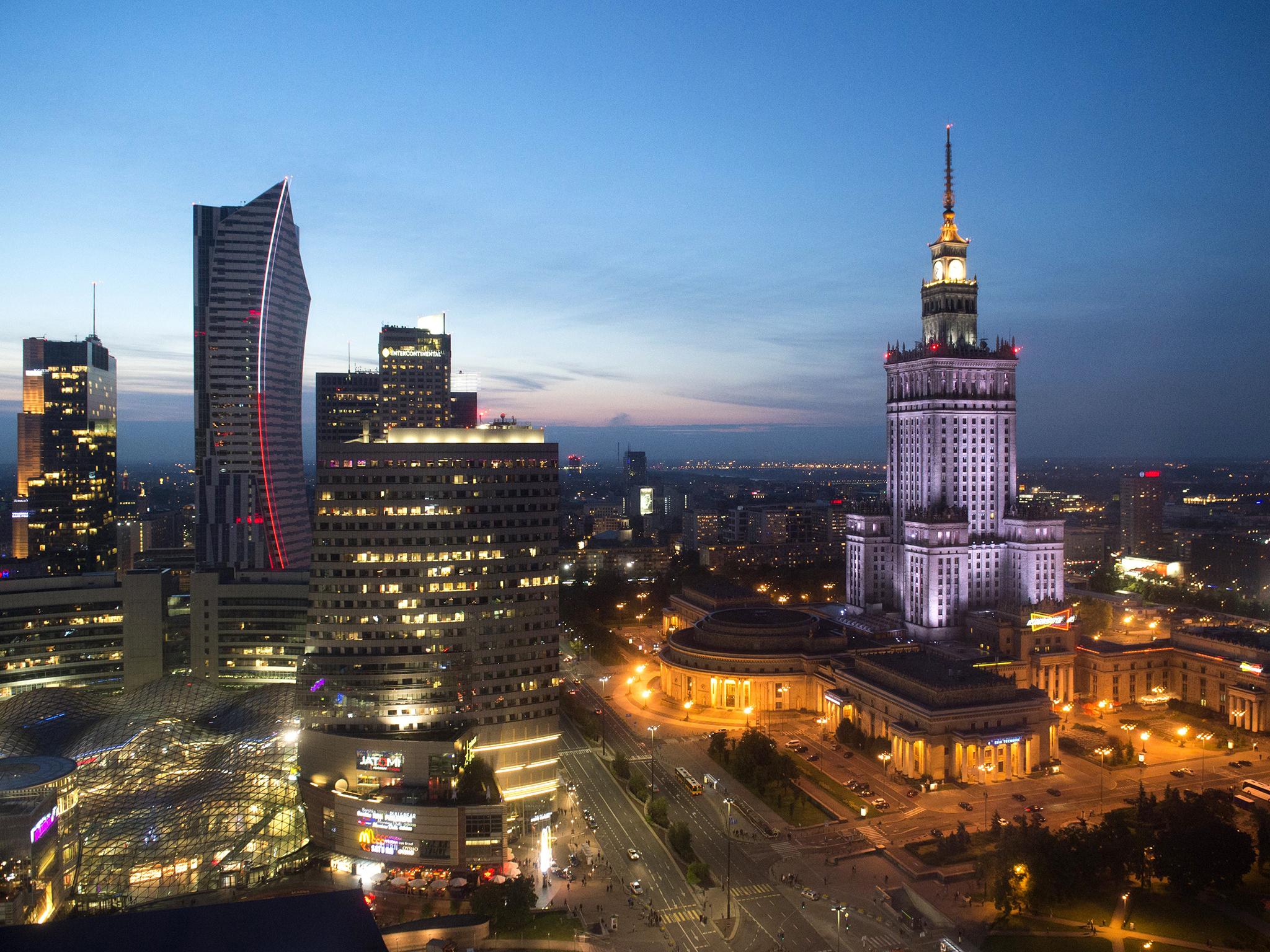
While international visitors have long been drawn in by Poland’s history, the country is far from short of natural attractions. The pristine wetlands of the Masurian Lake District are becoming easier to access this summer, thanks to the launch of new flights.
The Tatra mountains meanwhile offer great winter skiing and plenty of summer hiking trails. And Poland’s Baltic Sea coast, for many years offering old-fashioned health tourism to a mainly domestic market, has steadily developed into an alternative spa destination for discerning foreign visitors.
The mention of Polish cuisine may not stir the same sense of excitement as its French or Italian equivalents, but there’s a lot more to the food here than a series of stodgy pork, cabbage and potato combinations. Senses (sensesrestaurant.pl), a new addition to the Warsaw food scene, is the city’s second recepient of a Michelin star. And while night markets might be familiar attractions in South-east Asia, a Warsaw equivalent has recently started just behind the main station; it offers a wide variety of fresh dishes, with Asian street food dominating the menu.
Despite its broad appeal, much of Poland remains relatively crowd-free, even in the peak summer months; all the better for those who do make the trip.
£1 is currently worth 5.2 Polish zlotys, while US$1 is 4 zlotys.
Warsaw
Poland’s capital is a thoroughly modern city with several world-class, contemporary museums. Learn about the heroism and betrayal which led to Warsaw earning the title of the most destroyed city on the planet at the Warsaw Rising Museum (1944.pl; 18 zlotys), or go back centuries at the excellent Museum of the History of Polish Jews (polin.pl; 25 zlotys); it’s an immersion into the city’s rich Jewish heritage.
The Unesco-listed, reconstructed Old Town is alive with street musicians, cafés and tourist crowds; take a wander after dark to see it at its most atmospheric.
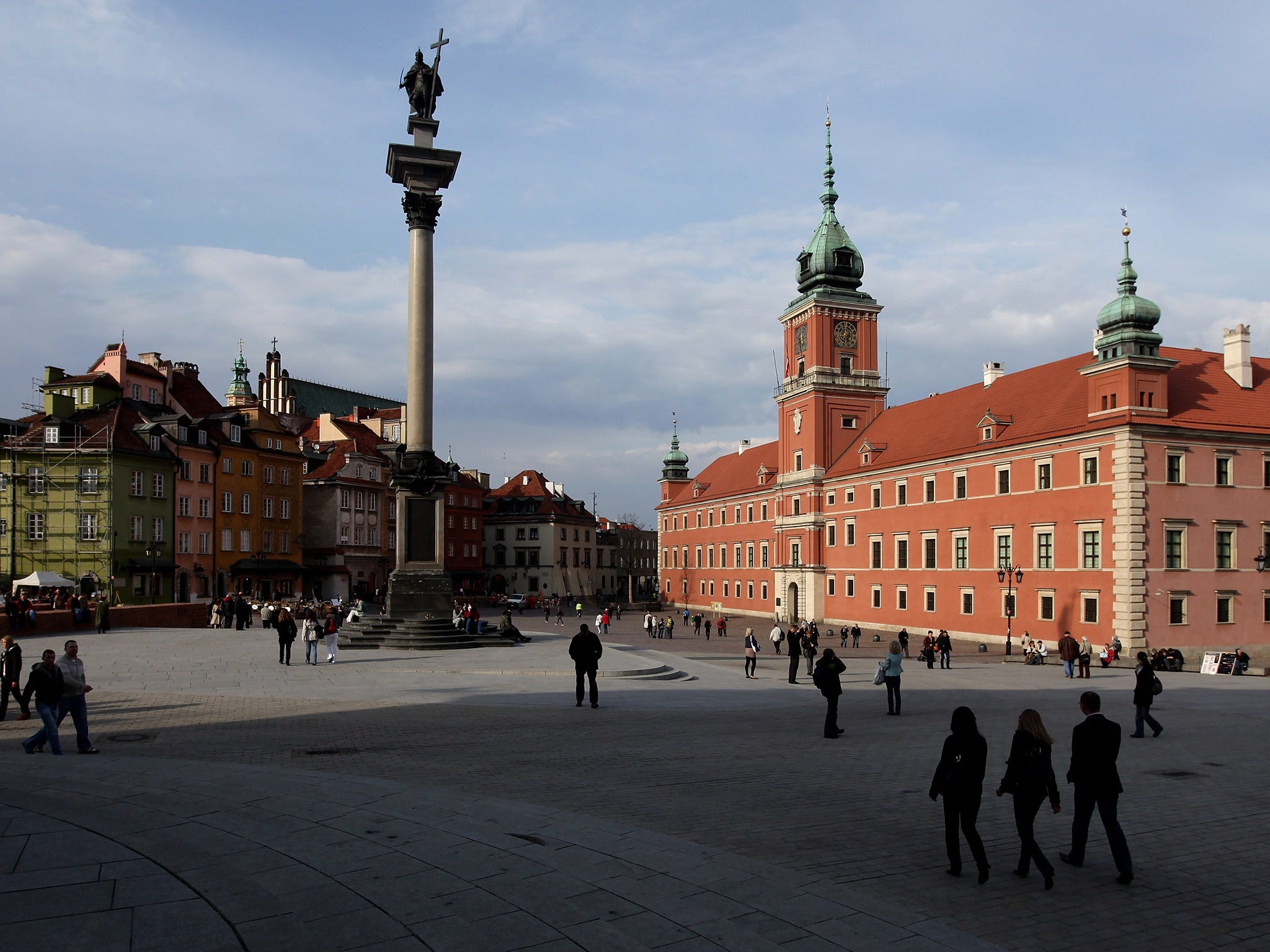
Last year the city’s second Metro line opened, connecting to neighbourhoods on the east side of the Vistula river, such as Praga, a previously rough area that's being regenerated, with disused factories and warehouses being turned into galleries, bars and cafés. Soho Factory (sohofactory.pl) exemplifies this transition; a collection of old industrial spaces, it’s now home to galleries, restaurants and shops.

Krakow
Krakow is Poland’s cultural jewel, and its buildings, if not its people, were spared the worst of the Second World War’s horrors. Its medieval Old Town remains firmly intact; visitors congregate around the magnificent Stary Rynek (Old Market Square), where every hour you can hear the haunting interrupted bugle call sounded from the tower of St Mary’s Basilica.
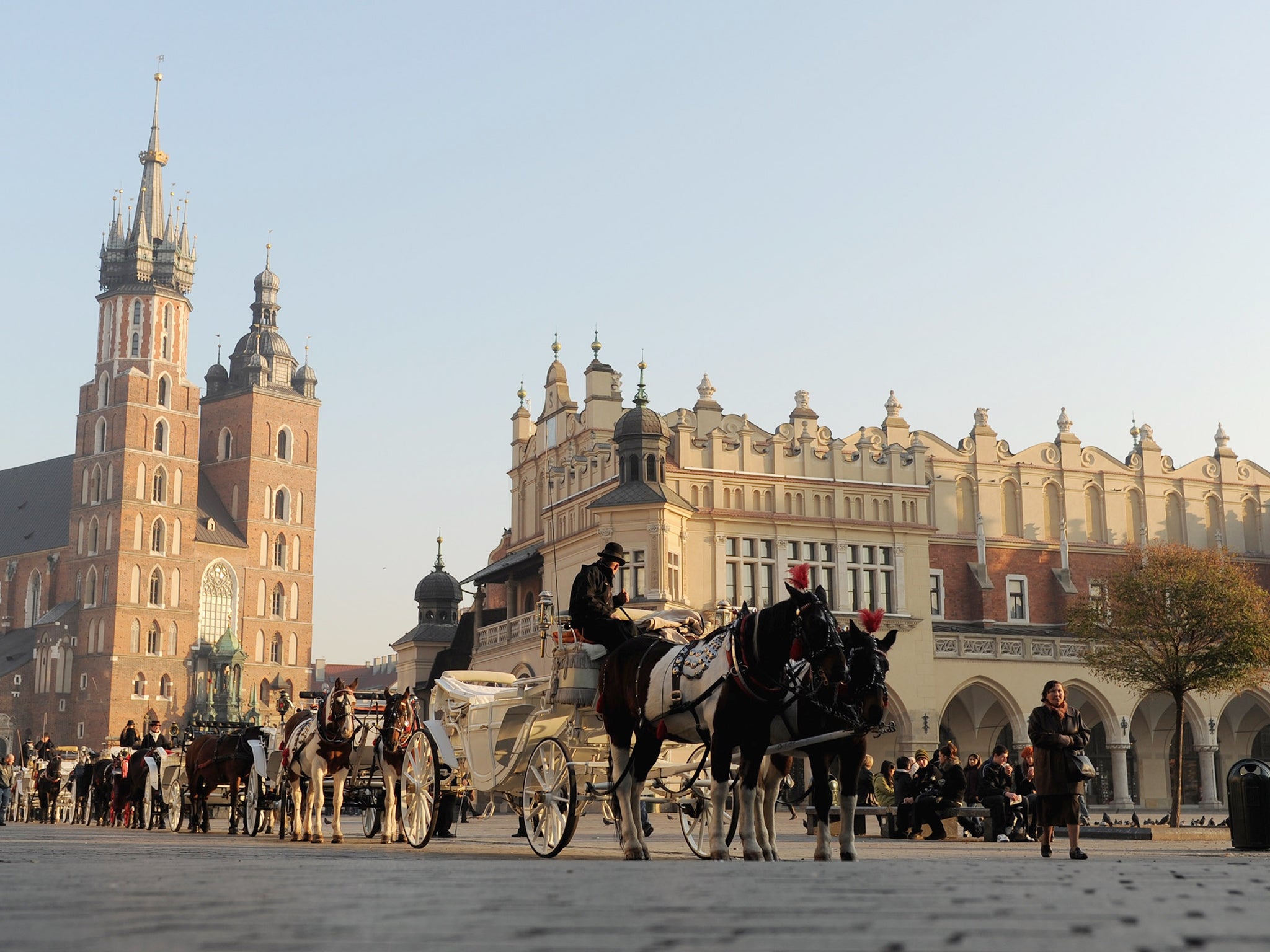
Explore Wawel Castle, the former seat of Polish royalty (wawel.krakow.pl; entrance fees vary according to exhibition), and take a stroll to Kazimierz, the shabby, slowly gentrifying quarter that was once the city’s beating heart of Jewish life.
Wartime history is best explored at the modern museum at Oskar Schindler’s former enamel works (mhk.pl; 21 zlotys), and it’s a short trip from Krakow to Auschwitz-Birkenau (auschwitz.org; free), where visitors can learn about the horrors of the Nazi concentration camps.
Mountain adventures
The Tatra Mountains divide Poland and Slovakia and offer spectacular alpine landscapes. The town of Zakopane turns from full-on winter ski resort to a popular base for hiking in the summer months. While the walk up to the Morskie Oko beauty spot (8km each way) is usually busy, you can easily lose the crowds by taking the path around the emerald-green glacial lake.
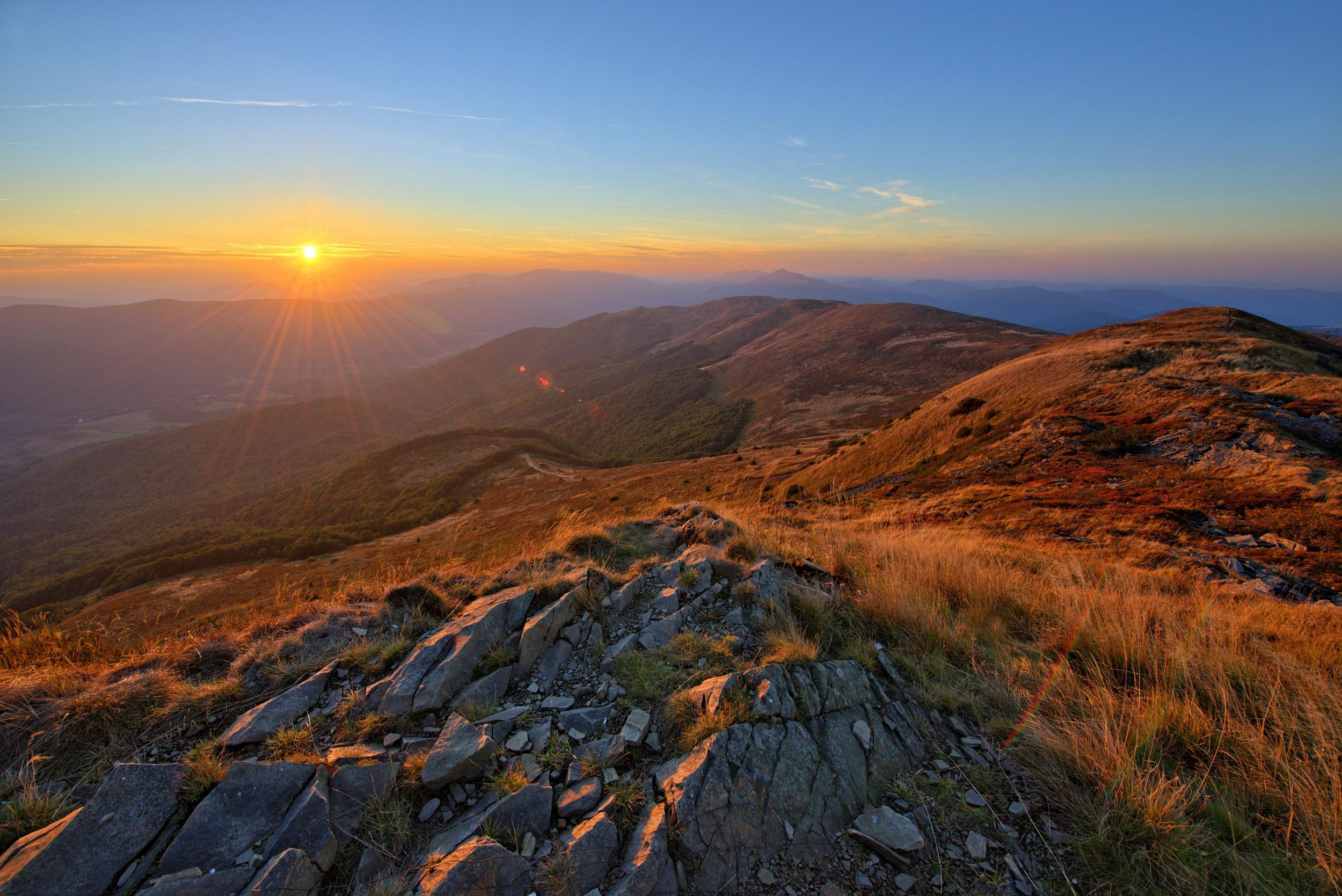
For a more remote mountain experience head to Bieszczady National Park (podkarpackie.travel) in the south east of Poland. Here you’ll find isolated trails along dramatic ridges, abandoned villages, and dense forests which are home to a rich variety of wildlife, including black bears and lynx.
Coastal pleasures
Summer on Poland’s Baltic coast has always been a busy affair with domestic holidaymakers, and in recent years international visitor numbers have been increasing. Gdansk is the largest city and was the birthplace of the Solidarity movement, which helped bring about the end of communist rule – learn all about it at the European Solidarity Centre (ecs.gda.pl; 17 zlotys).
The history of Gdansk is inextricably linked with trade; around 90 per cent of the world’s amber is harvested from the nearby Baltic shore, and the resulting wealth is evident in the many grand buildings of the Old Town. The nearby coastal cities of Sopot and Gdynia are laid-back spa destinations; the family-friendly Hotel Sopot (hotelsopot.eu) has room-only doubles from 350 zlotys, while room-only doubles at the sophisticated Hotel Quadrille in Gdynia (quadrille.pl) start from 235 zlotys; both offer spa packages.
Lake land
Known as “The Land of a Thousand Lakes”, the Masurian Lake District is a low-lying region that’s popular with watersports enthusiasts, whether you prefer sailing or wakesurfing, and also offers easy walking and cycling trails.
The resort towns of Gizycko and Mikolajki are waterfront hubs of outdoor gear shops and cafes, where the evenings are mainly taken up with al fresco lakeside dining and toasting the sunsets over the water.
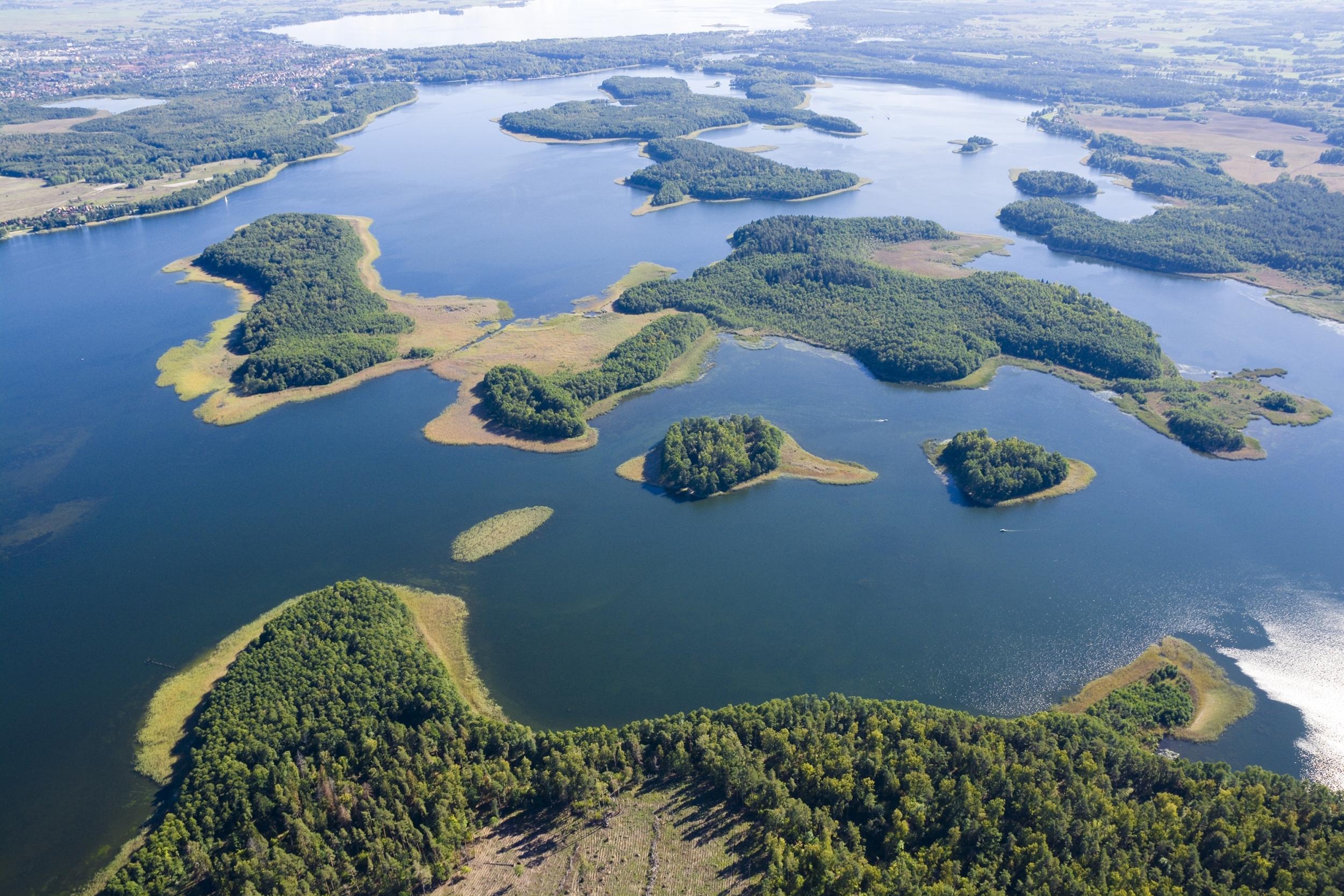
So far this picturesque region has remained off the international tourist trail, but with regular flights starting to Olsztyn-Mazury from Luton (wizzair.com) this summer, and Stansted (ryanair.com) in winter, things are likely to change.
Getting there
Airlines serving Poland include LOT, British Airways, Wizz Air, Ryanair and easyJet.
More information
Join our commenting forum
Join thought-provoking conversations, follow other Independent readers and see their replies
Comments